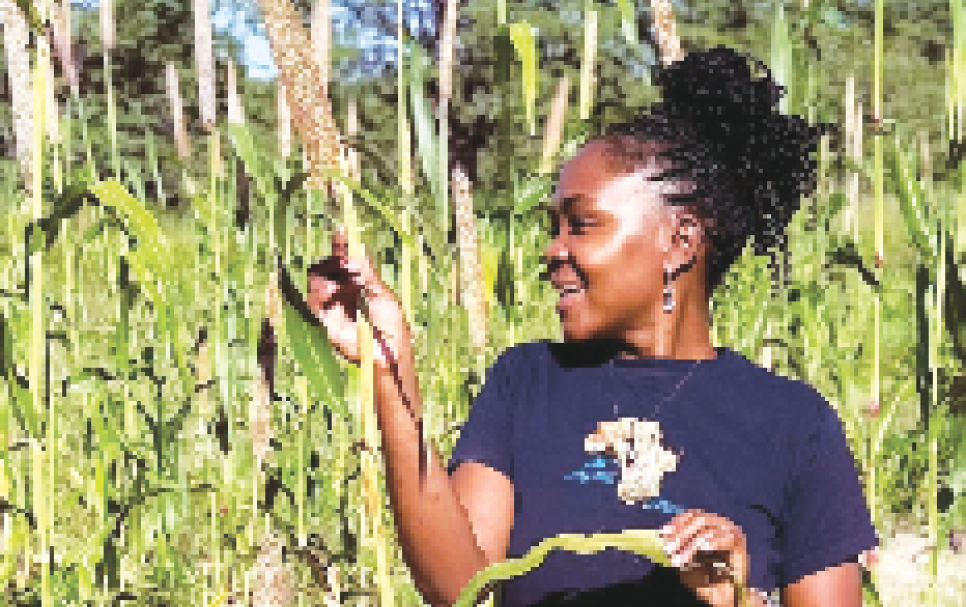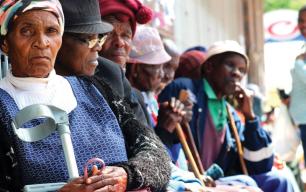Strengthening dialogue on climate change

By Staff Reporter
Namibia, despite contributing less than 0.03 percent to global greenhouse gas emissions, is among the countries most vulnerable to climate change impacts. This unequal exposure is manifesting in increasingly severe environmental stressors such as prolonged droughts, land degradation, diminished water availability, extreme heat events and erratic rainfall patterns.
These phenomena, once considered rare, have become persistent realities that directly and adversely affect the livelihoods of communities across the country. Research shows that Namibia is one of the driest countries in Sub-Saharan Africa, with rainfall ranging from just 25mm to 700mm annually.
The country’s dependency on natural resources, such as rain-fed farming, biodiversity, and marine fisheries, makes it particularly susceptible to environmental shocks. According to recent reports by the Ministry of Environment, Forestry and Tourism, climate change poses a profound threat to Namibia’s key sectors.
Furthermore, Namibia’s surface water resources are projected to decline significantly due to increased evaporation and reduced recharge. Groundwater recharge could drop by 30 to 70 percent under worst-case scenarios, especially in the Cuvelai Basin and eastern Kalahari. The Kunene River flow may decline by up to 25 percent, placing pressure on hydropower at Ruacana, agricultural irrigation and rural drinking water systems.
The agricultural sector, employing over 70 percent of the rural population, is highly vulnerable. Cereal production is projected to decline by 10 to 20 percent by 2050 under current trends, while long-term agricultural productivity could drop by up to 50 percent due to increased drought frequency, soil degradation, and pest outbreaks.
Meanwhile, sea-level rise and ocean warming are intensifying coastal erosion, salinisation of freshwater systems, and threatening infrastructure. Fisheries are affected by shifting stocks and ocean acidification, reducing food security and export income.
On biodiversity, Namibia’s eco-tourism and conservation-based GDP contributors are increasingly threatened by rising temperatures and prolonged droughts. Species migration and habitat shifts are leading to the collapse of sensitive ecosystems like the savannah and coastal wetlands.
On the other hand, the country’s health systems are already burdened by rising cases of malaria, cholera, and heat-related illnesses. Projected increases in heatwave days and flood events will exacerbate disease outbreaks and malnutrition, particularly among vulnerable populations.
Regarding infrastructure and energy, prolonged droughts and heatwaves are reducing electricity generation from hydroelectric plants such as Ruacana, while floods threaten roads and urban infrastructure. Increased reliance on diesel imports for power generation elevates economic vulnerability.
Namibia’s youth are especially affected through disrupted education, worsening health, and shrinking employment opportunities in climate-sensitive sectors, but also represent a critical force for climate resilience and innovation.
Story: Hendrina Shikalepo / UNDP Namibia
- 4 views










Comments